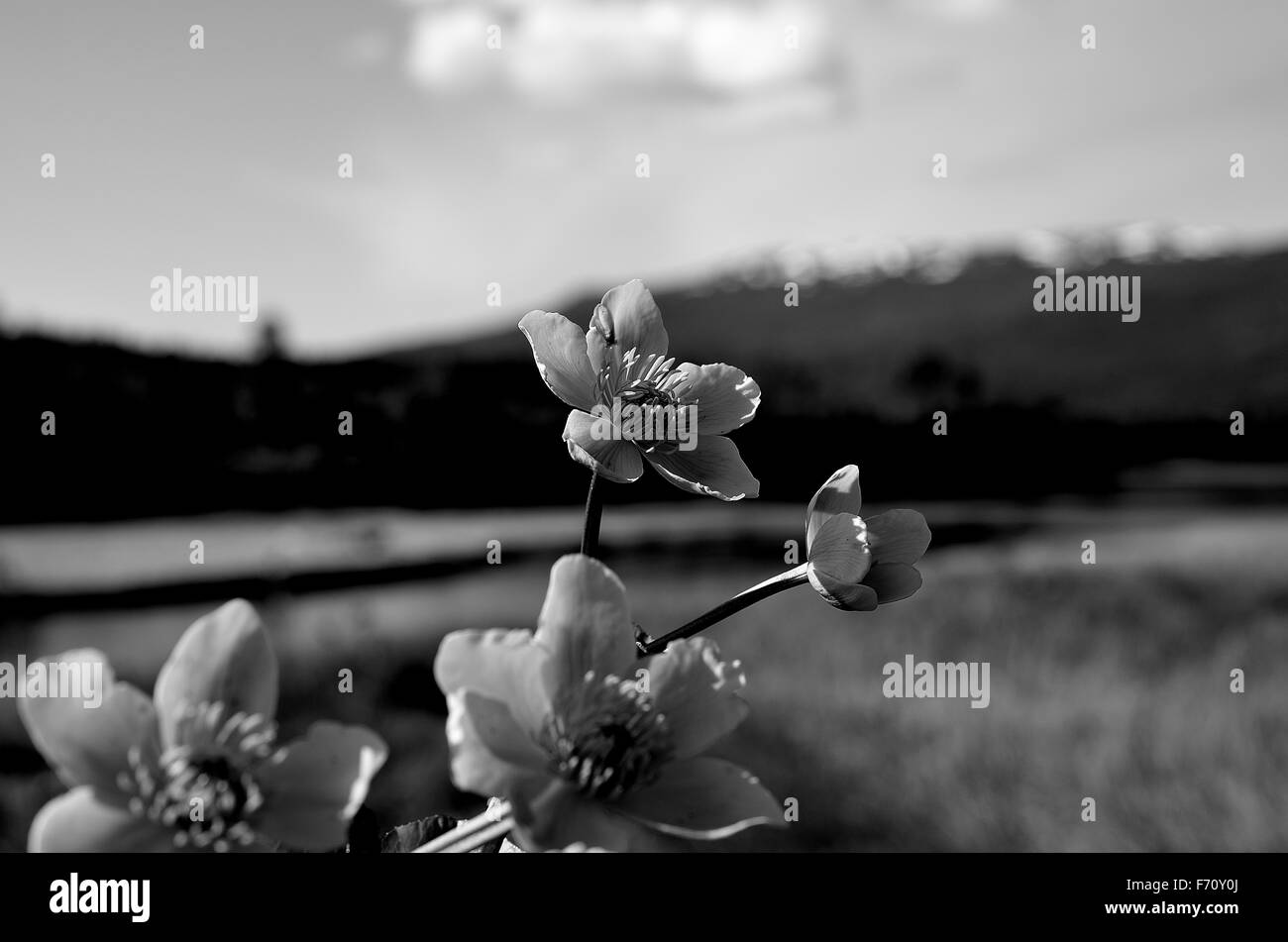

‘Giant Tecolote’ produces large double-flowered blooms up to 6 inches wide on stems as tall as 2 feet.Both have cup-shaped flowers that look like a hybrid of a peony and a tea rose, with abundant layers of papery petals set off by feathery parsley-like leaves. asiaticus are commonly cultivated for planting in home gardens. Bloom time:Įarly spring to summer, depending on the climate. Can be successfully grown as an annual in cooler climates (zone 7 and below). The name is derived from the Latin word rana, or frog, because of the plant’s preference for wet growing conditions. On this page: Ranunculus Basics | Buying Tips | Planting Guide | Pictures | Ideas for Using Ranunculus “With so many wonderful qualities - tall stems, double-ruffled blooms, a light citrusy rose fragrance, high productivity, and one of the widest color ranges imaginable - it is impossible not to fall head over heels for these beauties,” says grower and floral designer Erin Benzakein, author of Floret Farm's Cut Flower Garden: Grow, Harvest & Arrange Stunning Seasonal Blooms. Although ranunculus is a frost-tender tuber, it can be grown as an annual in most climates, and the bulbs are inexpensive and widely available at many nurseries and mail-order suppliers. But if you’re an admirer of ranunculus and have been longing to grow your own, it’s easier than you might think. These show-stopping spring bloomers have long been a favorite of commercial florists because of their brilliantly colored flowers and long vase life. Cultivation, soil movement, planting, and the disposal of nursery soil and garden waste disperse bulbs and bulbets.Unless you live in a mild Southern California climate, you are more apt to see ranunculus (Persian buttercups) in a floral shop or bridal bouquet instead of growing in your neighbor’s garden. Flowers cluster on the ends of slender leafless stalks and there are less than 20 flowers per cluster. Flowersįlowers bloom from November through April. It can be distinguished from creeping woodsorrel by its more upright growth, larger leaves and flowers, greater number of flowers, and lack of seed capsule. Leaves are hairless to sparsely hairy, green, often with brown or purplish spots. It has fully subdivided (compound) leaves, each consisting of three heart-shaped leaflets that resemble clover leaves. Mature plantĪ loose basal rosette of leaves up to about 14 inches (35 cm) tall grows from the bulb. Seedlings are not encountered in California. Orchards, vineyards, crop fields, grassland, yards, gardens, turf, landscaped areas, and urban areas. Sometimes Bermuda buttercup is grown as an ornamental. They are attractive but are a nuisance when they spread into gardens or when they infest shrubs.

Both species contain variable levels of oxalate compounds that can cause death in livestock when consumed in large quantity. It is related to, and closely resembles, creeping woodsorrel, Oxalis corniculata. It inhabits agricultural land and other disturbed areas and is a common weed in artichoke fields on the Central Coast and in irrigated landscapes. Bermuda buttercup (buttercup oxalis), a low growing perennial broadleaf plant with shamrocklike leaves, is found throughout California up to 8200 feet (2500 m).


 0 kommentar(er)
0 kommentar(er)
